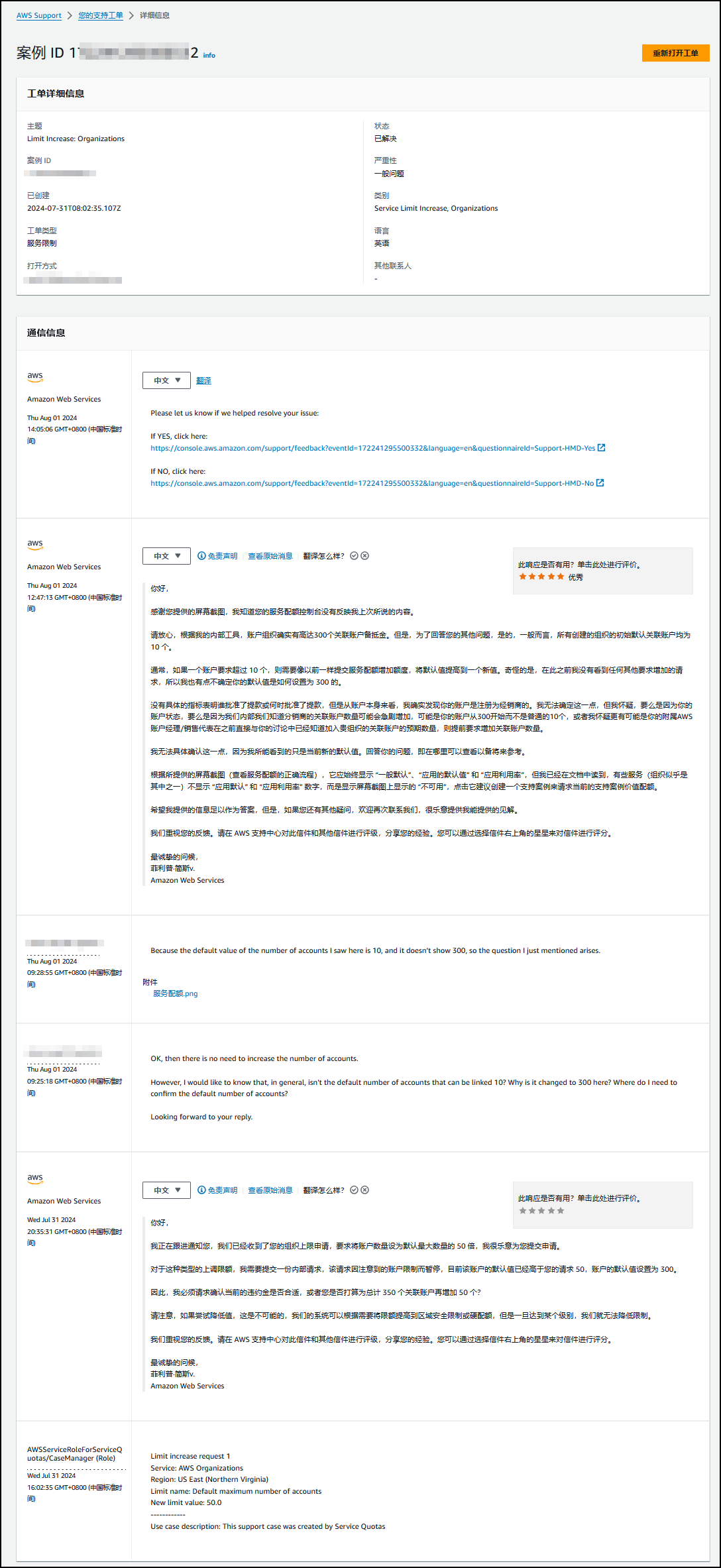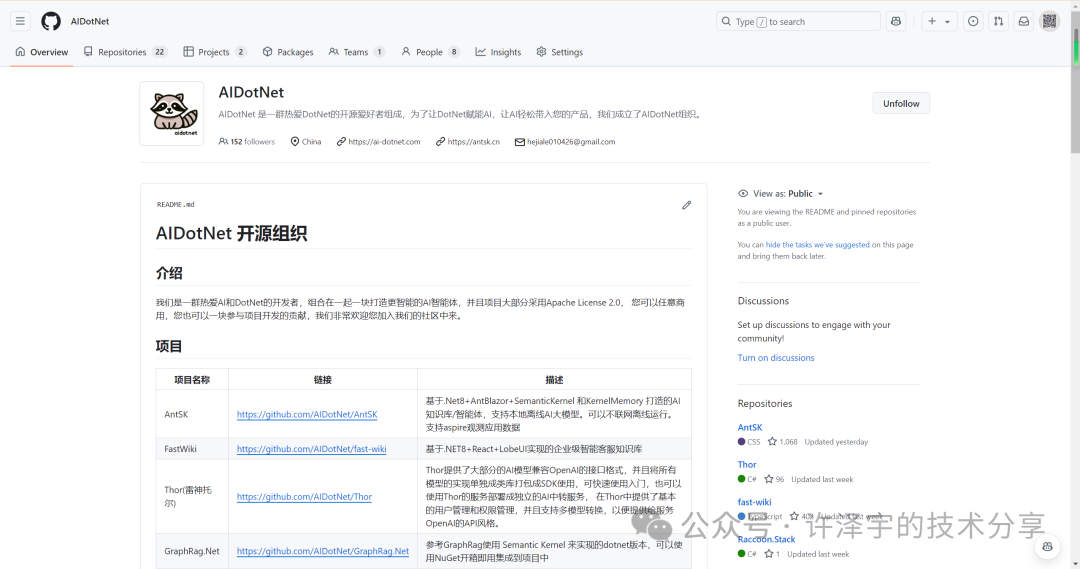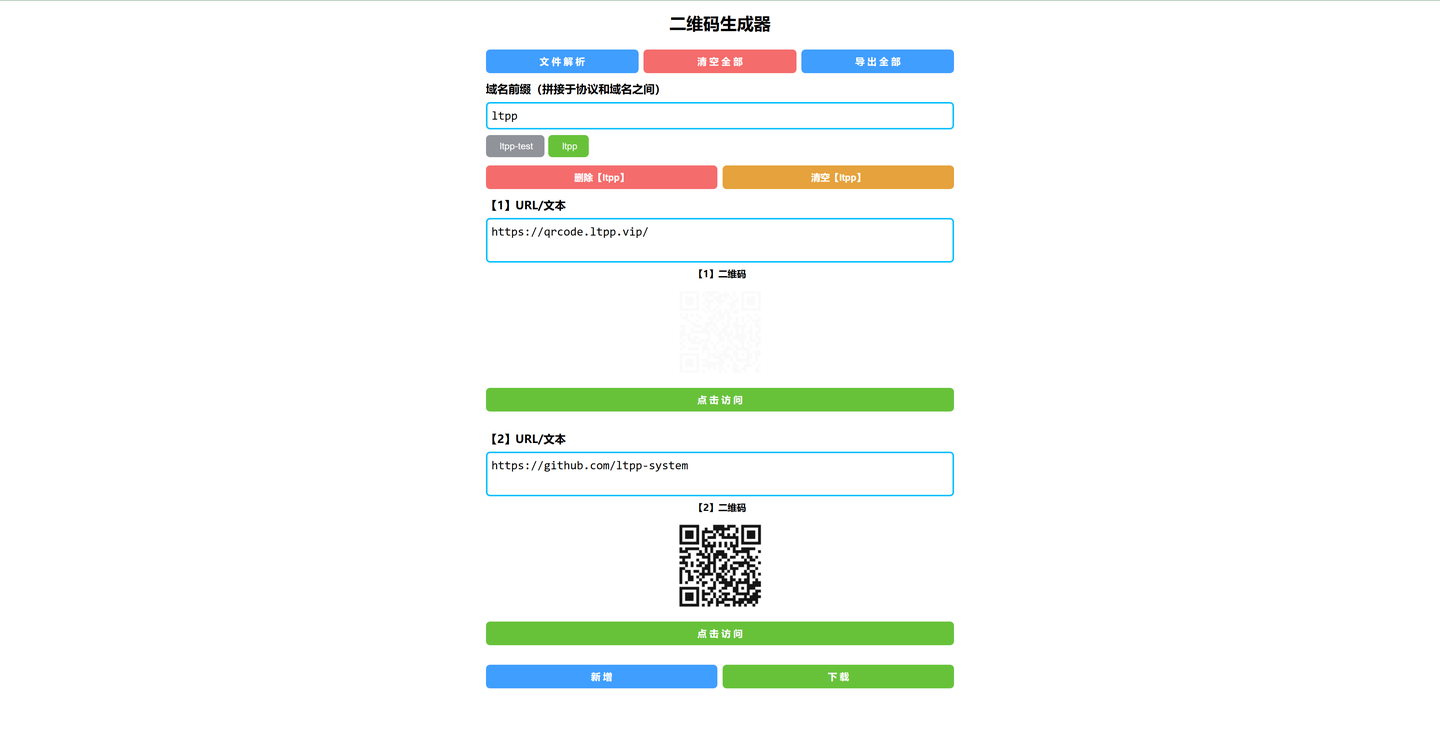我们知道TCP是全双工的,可以同时进行发收,因为他有一个发送缓冲区和一个接收缓冲区

我们使用write其实是把数据拷贝到发送缓冲区,使用read接收缓冲区的数据,其实是把数据拷贝到文件缓冲区里,发送的过程中,我们怎么保证发送的是完整的数据?接收的是完整的数据呢?
那就需要协议了,协议是种约定,我们双方客户端和服务器约定好的。socket api的接口, 在读写数据时, 都是按 "字符串" 的方式来发送接收的. 如果我们要传输一些"结构化的数据" 怎么办呢?我们一般是不发送结构体的数据的,因为在跨平台环境下,结构体的大小都会有所不同,所以我们一般把结构体的数据进行序列化,把它变成字符串,对方接收数据在进行反序列化变回结构体
序列化:结构体 ==> 字符串
反序列化:字符串 ==> 结构体
网络版本计数器
协议定制
例如, 我们需要实现一个服务器版的计算器. 我们需要客户端把要计算的两个数据发过去, 然后由服务器进行计算, 最后再把结果返回给客户端.
约定方案:
- 定义结构体来表示我们需要交互的信息
- 发送数据时将这个结构体按照一个规则转换成字符串, 接收到数据的时候再按照相同的规则把字符串转化回结构体,这个过程叫做序列化和反序列化
- 客户端发送序列化为"x + y"的正文字符串
- 这个字符串中有两个操作数, 都是整形
- 数字和运算符之间有空格
- 添加报头和报尾来区分不同的正文字符串
- “len”\n"x + y"\n,len表示正文字符串的长度,\n是为了分割和打印的
- 客户端就这样“len”\n"x + y"\n发送数据
- 服务器把计算结果和错误码发送回来,服务器发送序列化为"result code"的正文字符串
- 同理添加报头和报尾,变成"len"\n"result code"的字符串
协议的实现
两种序列化反序列化的方法
- 手撕,一般不用,有一次就好了
- 利用json和protobuf,我们用json
介绍json:json是别人写的第三方库,你要用需要安装,它里面提供了序列化和反序列化的方法,它的使用也是很简单的,怎么用看下面代码的实现
Protocol.hpp
#pragma once
#include <iostream>
#include <string>
#include <jsoncpp/json/json.h>
// #define MySelf 1
const std::string blank_space_sep = " ";
const std::string protocol_sep = "\n";
// 添加报头 "x + y" ==> "len"\n"x + y"\n
std::string Encode(const std::string &content)
{
std::string package = std::to_string(content.size());
package += protocol_sep;
package += content;
package += protocol_sep;
return package;
}
// 去除报头 "len"\n"x + y"\n ==> "x + y"
bool Decode(std::string &package, std::string *content)
{
size_t pos = package.find(protocol_sep);
if (pos == std::string::npos)
return false;
std::string part_len = package.substr(0, pos);
size_t len = std::stoi(part_len);
std::size_t total_len = part_len.size() + len + 2;
if (package.size() < total_len)
return false;
*content = package.substr(pos + 1, len);
// earse 移除报文
package.erase(0, total_len);
return true;
}
class Request
{
public:
Request(int data1, int data2, char oper) : x(data1), y(data2), op(oper)
{
}
Request()
{
}
~Request()
{
}
public:
bool Serialize(std::string *out)
{
#ifdef MySelf // 自定义的
// 构建报文的有效载荷
// struct => string, "x op y"
std::string s = std::to_string(x);
s += blank_space_sep;
s += op;
s += blank_space_sep;
s += std::to_string(y);
*out = s;
return true;
#else // 利用json
Json::Value root;
root["x"] = x;
root["y"] = y;
root["op"] = op;
Json::StyledWriter w; //显示一整个字符串
// Json::FastWriter w; //以结构体形式来显示
*out = w.write(root);
return true;
#endif
}
bool Deserialize(std::string &in)
{
#ifdef MySelf
//string, "x op y" => struct
size_t left = in.find(blank_space_sep);
if (left == std::string::npos)
return false;
std::string part_x = in.substr(0, left);
size_t right = in.rfind(blank_space_sep);
if (right == std::string::npos)
return false;
std::string part_y = in.substr(right + 1);
if (left + 2 != right)
return false;
op = in[left + 1];
x = std::stoi(part_x);
y = std::stoi(part_y);
return true;
#else
Json::Value root;
Json::Reader r;
r.parse(in, root);
x = root["x"].asInt();
y = root["y"].asInt();
op = root["op"].asInt();
return true;
#endif
}
void DebugPrint()
{
std::cout << "新请求构建完成: " << x << op << y << "=?" << std::endl;
}
public:
int x;
int y;
char op;
};
class Response
{
public:
Response(int res, int c) : result(res), code(c)
{
}
Response()
{
}
~Response()
{
}
bool Serialize(std::string *out)
{
#ifdef MySelf
// 构建报文的有效载荷
// struct => string, "result code"
std::string s = std::to_string(result);
s += blank_space_sep;
s += std::to_string(code);
*out = s;
return true;
#else
Json::Value root;
root["result"] = result;
root["code"] = code;
Json::StyledWriter w; //显示一整个字符串
// Json::FastWriter w; //以结构体形式来显示
*out = w.write(root);
return true;
#endif
}
bool Deserialize(std::string &in)
{
#ifdef MySelf
// string, "result code" => struct
size_t pos = in.find(blank_space_sep);
if (pos == std::string::npos)
return false;
std::string part_left = in.substr(0, pos);
std::string part_right = in.substr(pos + 1);
result = std::stoi(part_left);
code = std::stoi(part_right);
return true;
#else
Json::Value root;
Json::Reader r;
r.parse(in, root);
result = root["result"].asInt();
code = root["code"].asInt();
return true;
#endif
}
void DebugPrint()
{
std::cout << "结果响应完成, result: " << result << ", code: " << code << std::endl;
}
public:
int result;
int code;
};解释json的用法

下面是网络版计数器的服务器和客户端的全部代码
网络版服务器


















